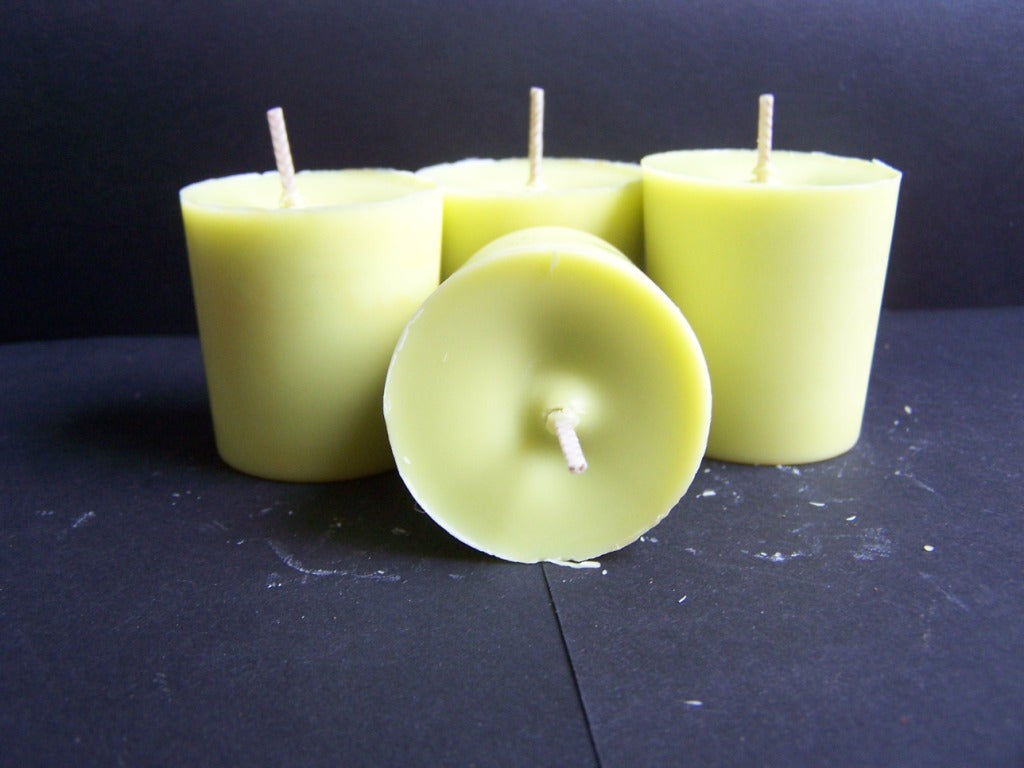Brighten Your Environment with Crystal Soy Candles and Home Fragrance
Brighten Your Environment with Crystal Soy Candles and Home Fragrance
Blog Article
From Wick to Wax: Comprehending the Chemistry Behind Soy Wax Candles and Their Environmental Impact
As we brighten our areas with the warm glow of candle lights, there lies a world of intricate chemistry behind the relatively basic act of lighting a soy wax candle. Join us as we untangle the scientific details behind soy wax candles and explore their effects on our setting.
Soy Wax Vs. Paraffin Wax
When comparing soy wax and paraffin wax for candle light production, it is important to recognize the distinctive features and benefits of each product. Soy wax is an all-natural, eco-friendly resource originated from soybean oil, making it eco-friendly and naturally degradable - candles. In contrast, paraffin wax is a byproduct of petroleum refining, which raises worries about its ecological influence and sustainability
Soy wax candles shed cleaner and give off much less soot contrasted to paraffin wax candle lights, making them a much healthier selection for indoor air top quality. In addition, soy wax has a reduced melting factor, enabling a longer-lasting candle light that distributes fragrance better. Paraffin wax, on the various other hand, has a tendency to melt faster and less cleanly, possibly launching harmful chemicals right into the air.
From a sustainability perspective, soy wax is preferred for its biodegradability and eco-friendly sourcing, aligning with the expanding customer preference for eco aware products. While paraffin wax has been a typical selection in candle making due to its price and simplicity of usage, the change in the direction of environmentally friendly choices like soy wax is getting energy in the industry.
Chemical Structure of Soy Wax

Burning Process in Soy Candles
The chemical composition of soy wax directly influences the combustion process in soy candles, affecting variables such as burn time, fragrance launch, and environmental impact. When a soy candle light is lit, the heat from the flame melts the wax near the wick. This liquid wax is after that prepared the wick because of capillary activity. As the fluid wax gets to the flame, it goes through and vaporizes burning. The combustion process entails the vaporized hydrocarbons in the wax reacting with oxygen airborne to produce warmth, light, water vapor, and carbon dioxide.
The combustion effectiveness of soy candle lights is influenced by the purity of the soy wax and the quality of the wick. A clean-burning soy candle with an appropriately sized wick will certainly generate a steady flame and reduce soot development. This not only expands the melt time of the candle light however also improves the launch of scents. Additionally, soy wax candle lights have a lower environmental effect contrasted to paraffin candles because of their biodegradable and eco-friendly nature.

Environmental Benefits of Soy Wax

Considered a sustainable alternative to typical paraffin wax, soy wax uses noteworthy environmental benefits that make it a preferred selection amongst eco-conscious customers. One significant advantage of soy wax is its eco-friendly sourcing. Soy wax is stemmed from soybean oil, which is primarily grown in the USA. The farming of soybeans helps sustain regional farmers and minimizes the dependency on non-renewable fossil fuels used in paraffin wax manufacturing. Additionally, soy wax is biodegradable, implying it damages down naturally click site without releasing dangerous contaminants right into the atmosphere. This characteristic makes soy wax candle lights an extra eco-friendly option contrasted to paraffin wax candles, which are made from petroleum, a non-renewable source. Additionally, soy wax burns cleaner and generates less soot than paraffin wax, adding to far better indoor air high quality and lowering the demand for cleansing and maintenance. Generally, the ecological advantages of soy wax line up with the growing need for sustainable and eco-friendly items in the market.
Recycling and Disposal Factors To Consider
Recycling and correct disposal of soy wax candle lights play a critical function in maintaining ecological sustainability and reducing waste in families and areas. When it concerns recycling soy wax candles, the primary step is to make sure that the candle has actually melted completely. This can be attained by enabling the candle to shed until the wick is no more functional, and after that allowing the remaining wax cool and strengthen. Once the wax has actually solidified, it can be very carefully eliminated from the container.

In regards to disposal, if recycling is not an alternative, soy wax candles are eco-friendly and can be securely taken care of in the majority of household waste systems. It is always advised to check with local recycling facilities or waste management solutions for details standards on candle disposal to guarantee correct handling and ecological security.
Final Thought
In conclusion, the chemistry behind soy wax candle lights exposes their ecological benefits over paraffin wax candle lights. Soy wax, acquired from soybean oil, burns cleaner and generates less residue when contrasted to paraffin wax.
When comparing soy wax and paraffin wax for candle light production, it is important to comprehend Get the facts the distinct attributes and advantages of each product (crystal soy candles).Soy wax candle lights burn cleaner and produce less residue contrasted to paraffin wax candle lights, making them a healthier option for indoor air high quality.Thought about a sustainable choice to conventional paraffin wax, soy wax uses significant environmental benefits that make it a popular option among eco-conscious consumers. Soy wax burns cleaner and generates less soot than paraffin wax, adding to better indoor air quality and decreasing go to this web-site the requirement for cleaning and upkeep.In verdict, the chemistry behind soy wax candle lights discloses their environmental benefits over paraffin wax candles
Report this page